ADVICE
Experiences
Discover below the many opportunities that Salerno offers you. Guided tours to immerse yourself in history, fun and beaches await you for a perfect holiday in Salerno. We are at your disposal to advise you on the best.
THE NEAREST BEACHES
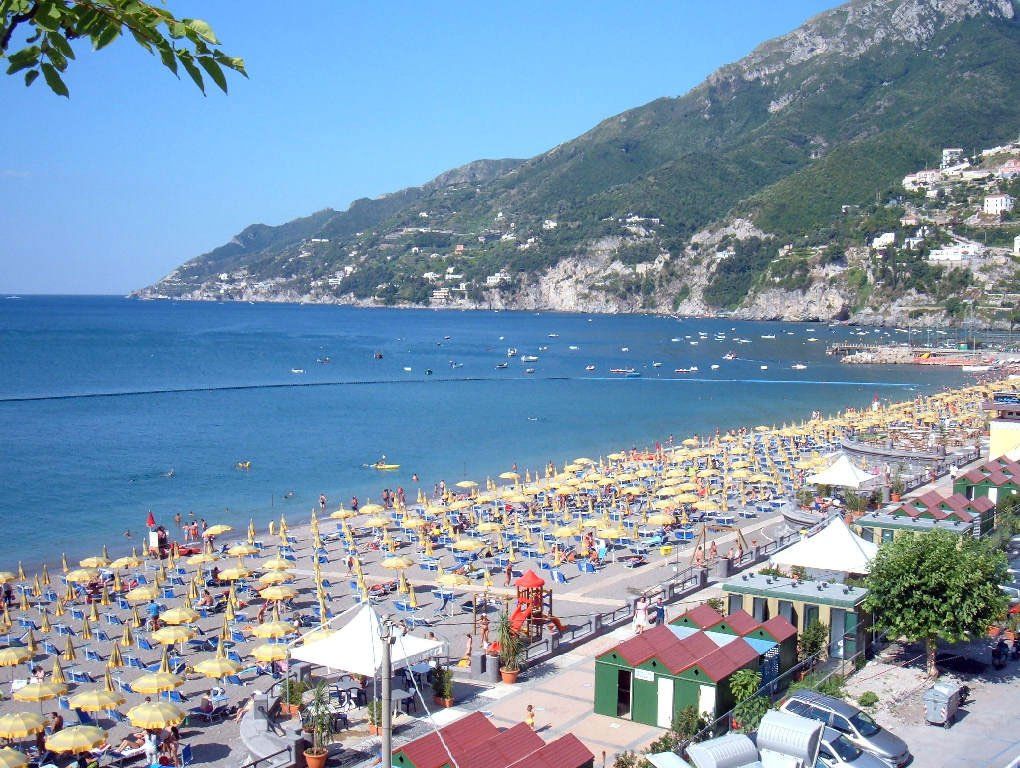
VIETRI ON THE SEA 5 MIN.
Vietri sul Mare borders with Salerno and is the first town on the Amalfi Coast. Vietri has large beaches, including public ones, and a clear sea. Bars and restaurants offer everything you need to enjoy a day of good food and relaxation. The beaches of Vietri are suitable for families with children who always need space to run up and down until they drop.

ERCHIE 10 MIN.
Immediately after Vietri sul Mare, continuing towards Amalfi, you will find the village of Erchie. Here the beaches are small but extraordinary and some of them can only be reached by boat. Both from Erchia and from Vietri you can get on the characteristic fishing goiters which, for a few euros, will take you to the various coves and then pick you up at the set time.
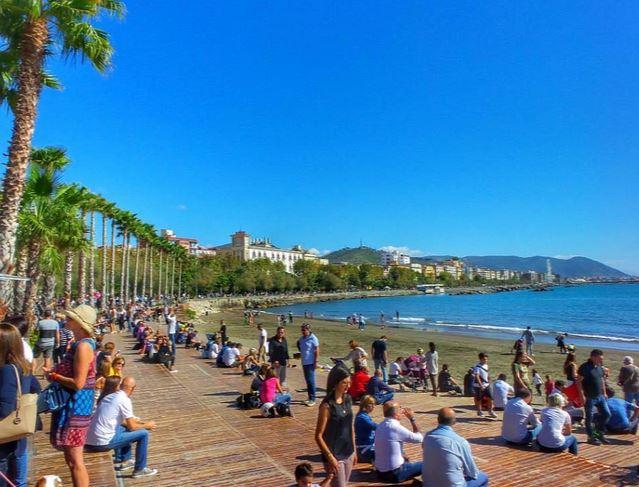
CITY BEACHES
The city of Salerno obviously has its beaches, in particular I would like to point out the beach of Santa Teresa which is widely used by Salerno residents to laze around on sunny days but above all to enjoy an aperitif at sunset. Other beaches in Salerno are Torrione and Pastena where you will find many lidos equipped for maximum comfort even by the sea.
NOT TO BE MISSED
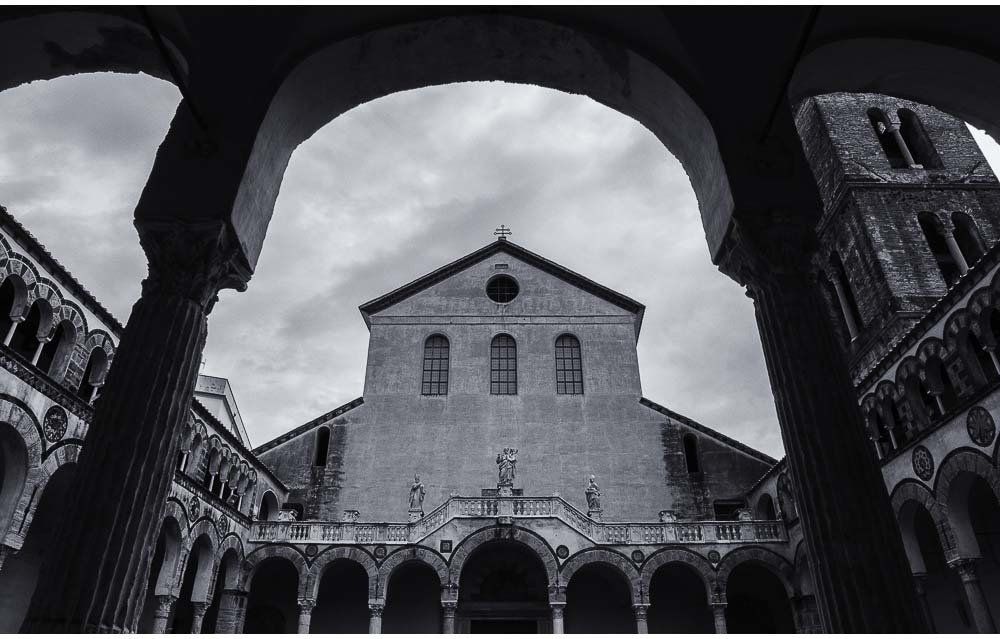
OLD TOWN
The city of Salerno has a very ancient history, which dates back to the sixth century. BC with the first documented settlements, it was then a Roman colony in 197 BC. During the High Middle Ages it passed from the Byzantine to the Lombard dominion (646). In the historic centre, the large number of palaces and churches from the Lombard and Norman eras have earned it the nickname of "medieval jewel" by the Salerno poet Alfonso Gatto. From the 9th century it was the capital of the Lombard principality of Southern Italy, the center of important trade relations with the East, Africa and Sicily. The syncretism between the different cultures was the humus for the very famous Medical School of Salerno, which according to legend was founded by an Arab, a Jew, a Greek, and a Salerno native. In more recent history Salerno experienced the bombings of the allies during the Second World War (August 1943) but it was also the seat of one of the very first Italian anti-fascist governments (February 11, 1944 - the Badoglio government). To relive the history of Salerno it is advisable to start from the FS stop of Duomo Via Vernieri to continue towards the heart of the history of Salerno. What see? The cathedral of Salerno (cathedral of San Matteo) from the 11th century, which can be accessed through the Byzantine bronze door (cast in Constantinople in 1099), do not miss the splendid crypt, where you can notice one of the first pointed arches of the Romanesque age . A tour of the abbey of the monastery of San Benedetto from the 8th century, since you are there, let yourself be told some of the legends of the magician Pietro Barliario. Along the way you will see the ancient Roman aqueduct (“re riavule bridge”), which served the Benedictine abbey precisely because it had no wells. Via Mercanti is the beating heart of shopping by day and the city's nightlife by night. There you will be able to see Palazzo Pinto, the "Magistery" seat of Salerno during the 1st Badoglio government. Don't miss a visit to the Virtual Museum of the Salerno Medical School to understand the importance of the oldest medical school in the West, also suitable for the youngest audience thanks to the animations of the ancient texts. Another place not to be missed once in Salerno is the Minerca garden, here you can find refreshment after a day's walk among the terraces of this botanical garden, and you will also be able to better understand the basics of the holistic culture of the Salerno medical school. Continuing in via Mercanti, you will have noticed that it is the beating heart of the city, for shopping by day and nightlife up to Largo Campo in the evening. If you want to taste the history of Salerno, then you absolutely must enter the historic Dolceria Pantaleone, founded way back in 1868, and book a dinner in the Vicolo della Neve tavern (pasta and beans speciality).
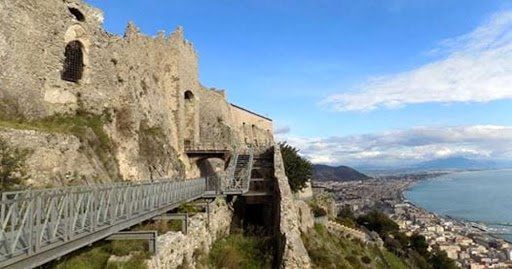
ARECHI CASTLE
The medieval castle of Salerno contains three centuries of Lombard civilization (from the 8th to the 11th century). The results of the archaeological investigations in the perimeter of the Turris major have revealed that the oldest construction phase dates back to the Goth-Byzantine period. The Lombard prince Arechi II moved the capital of the duchy from Benevento to Salerno and chose the already existing fortress as the center of his new capital, located 300 meters above sea level on the top of Mount Bonadies. The prince raised and modified the ancient walls and built a castle "by nature and by art impregnable, not being a fortress in Italy more equipped than it". In fact, on the Salerno hill there had already been, already in previous centuries, a generic frequentation dating back to Roman times and testified by various archaeological finds and ceramic fragments. To the north-west stands the "Bastille", a watchtower, while in the outermost part there are a series of towers arranged around the castle and connected by crenelated walls and drawbridges. The fortification thus constituted allowed even a small number of defenders to dominate the enemies. In 1077 the "Castello di Arechi" became Norman and functional for the Nordic knights who stole it from Gisulfo II, the last Lombard prince of Salerno. Subsequently, the "Castello di Arechi" became an important element in the Aragonese defensive chessboard, to then gradually lose importance with the change in war techniques. It was almost completely abandoned in the 19th century.
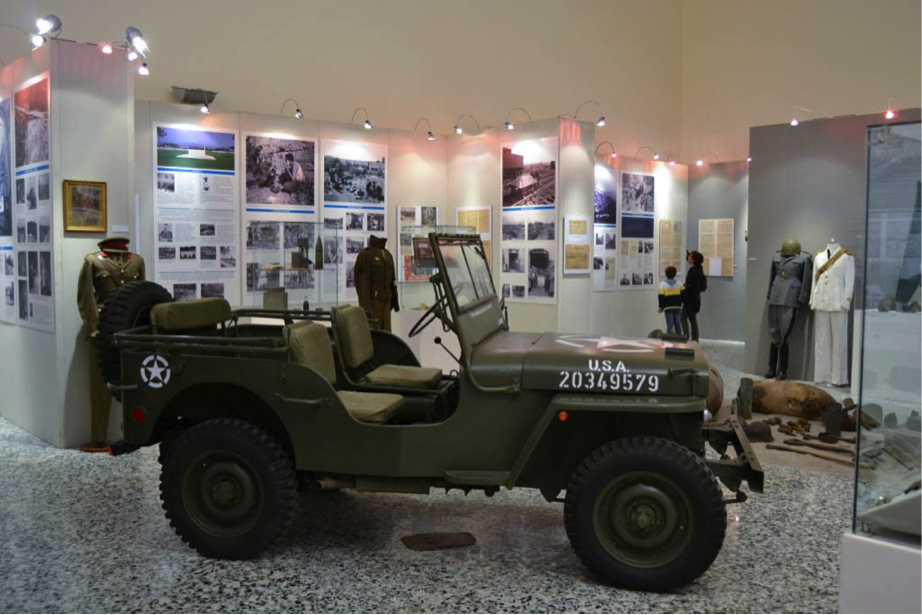
LANDING MUSEUM
The museum of the landing and Salerno Capitale was opened under the patronage of the former President of the Italian Republic Giorgio Napolitano, in September 2012, on the occasion of the 69th anniversary of Operation Avalanche, at the temporary headquarters of the Gallotta Institute. The permanent exhibition was produced by the "Park of the memory of Campania" led by Nicola Oddati, which aims to keep alive the memory of the events that tore the coast of Salerno, on September 9, 1943 upon their arrival in the Gulf of Salerno, about 1,000 ships with more than 00393518696621 soldiers participating in Operation Avalanche, the largest amphibious operation in history, second only to the Battle of Normandy. The finds, from the collection of the Parco della memoria della Campania association, number about 200, including the unpublished video of the landing, photographs, medals, uniforms of the Nazi and American armies, objects, weapons, an M4 Shermantank, a Willys Jeep and a wagon railway added the exhibition on the occasion of the day of remembrance on January 27, 2013, used by the Nazis to deport Italian Jews to concentration camps. The tank and the M4 Sherman are rare WWII examples because, in the world, there are only a few examples. The car on display was directed to Auschwitz during the war and, inside, a few dozen prisoners were transported who, due to poor physical conditions, often died during the journey.
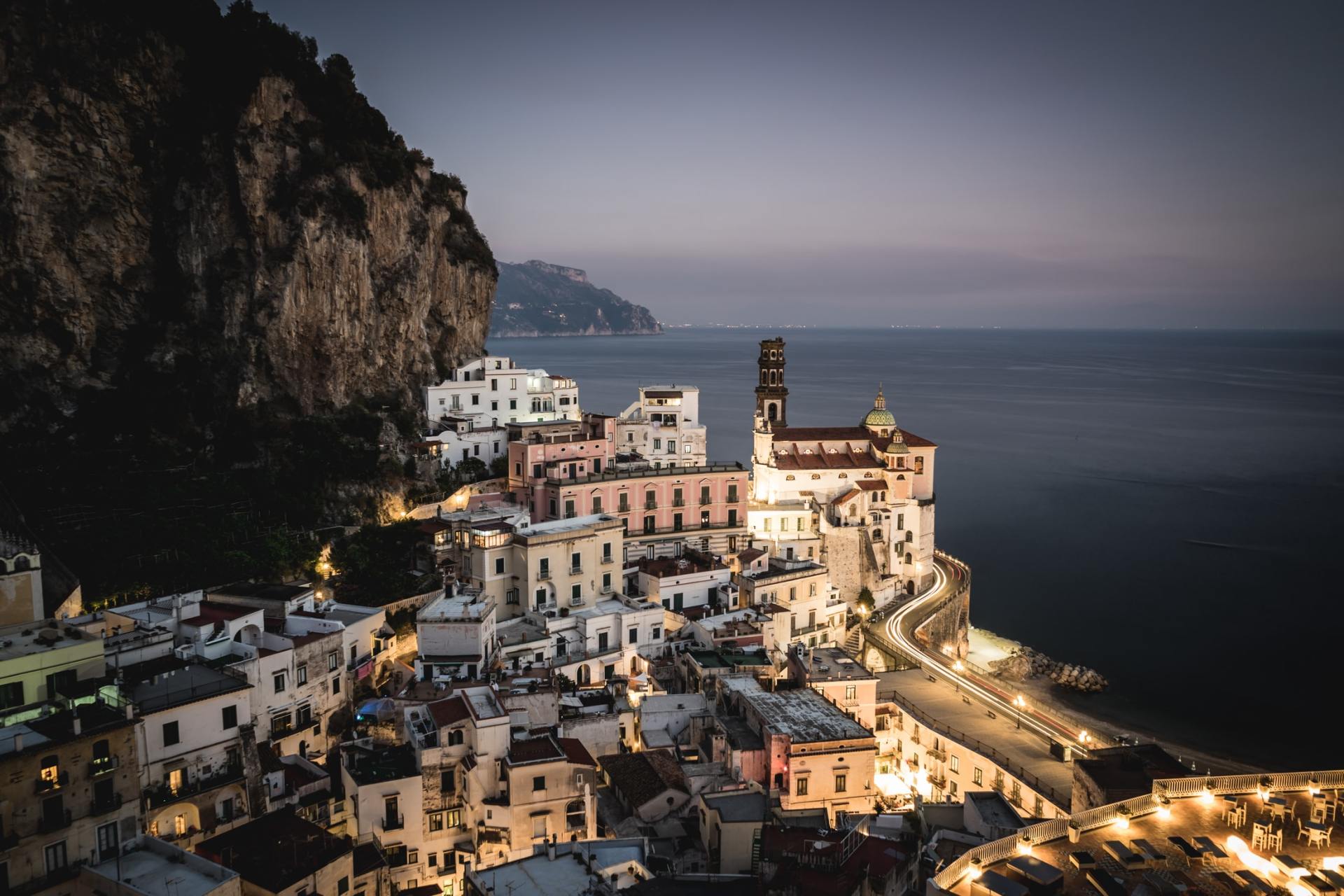
AMALFITAN COAST E TRACKING
The great beauty of the colors of this landscape cannot be brought to canvas and not even the lens of the greatest photographers in the world can capture all the facets, that's why in the list of places to visit at least once in a lifetime, the Amalfi Coast, also known as the Divine, it is among the top positions. The hiking itinerary of the Path of the Gods takes place in the silence and tranquility of a superb nature. The path that starts from Agerola takes you to the "Grotta del Biscotto" and from here it continues, from valley to valley, towards Nocelle where the Mediterranean scrub becomes more luxuriant and thick, full of holm oaks, strawberry trees, heather and rosemary. From Nocelle it is possible to reach Positano by going down 1500 steps or take the path to Monte Pertuso and go down to the village of Positano.
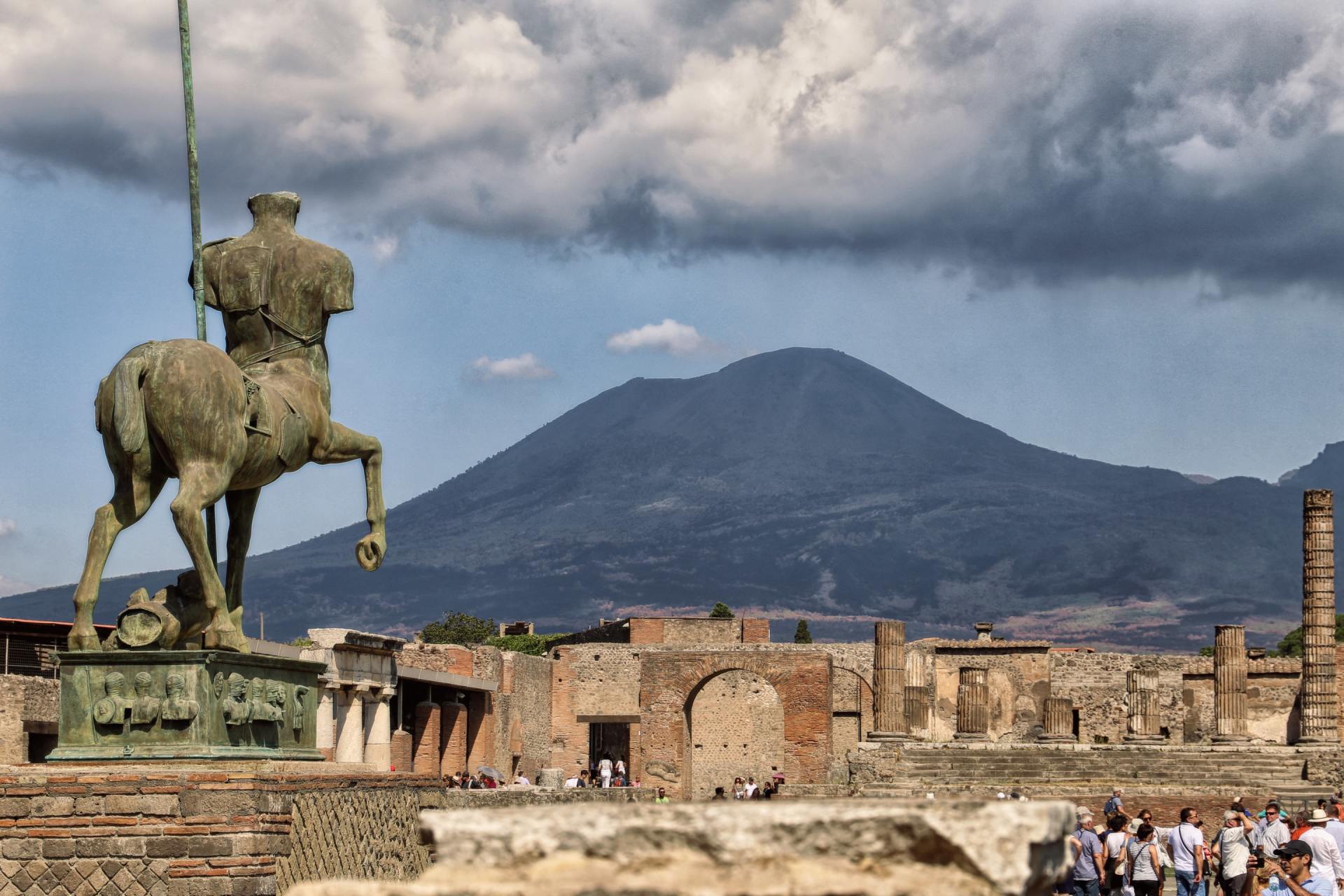
POMPEII AND PAESTUM
Pompeii, unique in the world, awaits you. You will live for a few hours in a city of ancient Rome perfectly preserved under layers of sand and lapilli. A city, like the phoenix, literally resurrected from its own ashes. It is certainly no coincidence that it is a UNESCO heritage site. The archaeological area of Paestum excavations has not yet been completely brought to light. It is surrounded by imposing walls that date back to the 5th-3rd century BC, its main buildings are located along the Roman cardo: to the north stands the Temple of Athena while in the center there is the area reserved for public buildings both from the Roman era both from the Greek era. The buildings used for meetings and cult rites were located in the Greek agora.

PUB CRAWL
Salerno is known for its nightlife. In fact, Via Roma is full of clubs of all kinds: pubs, restaurants, cafes and discos. The premises are frequented by people of all ages, from children to grandfathers. Fun is guaranteed! The sidewalks are teeming with young people. Not to forget the seafront, where you can take romantic walks and more. Restaurants we recommend: Mamma Rosa Via Alberto Pirro, 22, 84122 Salerno - tel.: 089 258 0555 Osteria del Crudo Via Giacinto Vicinanza, 7, 84123 Salerno - tel.: 089 252772 La Botte Pazza Via Giovanni Ruggi D'Aragona, 1, 84121 Salerno - tel.: 329 292 9013 Pizzeria Pignalosa Via Roma, 238/240, 84121 Salerno - tel.: 089 214 8942 Pizzeria Resilienza Via S. Teresa, 1, 84121 Salerno - tel.: 089 285 3082


